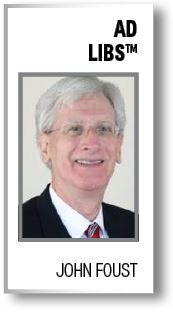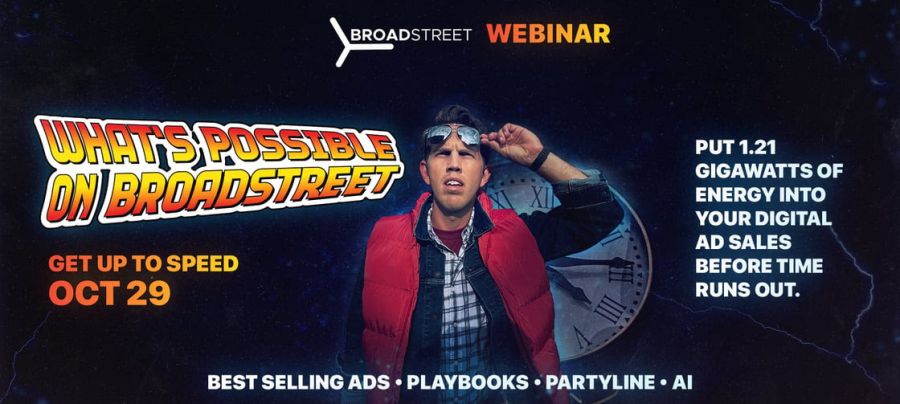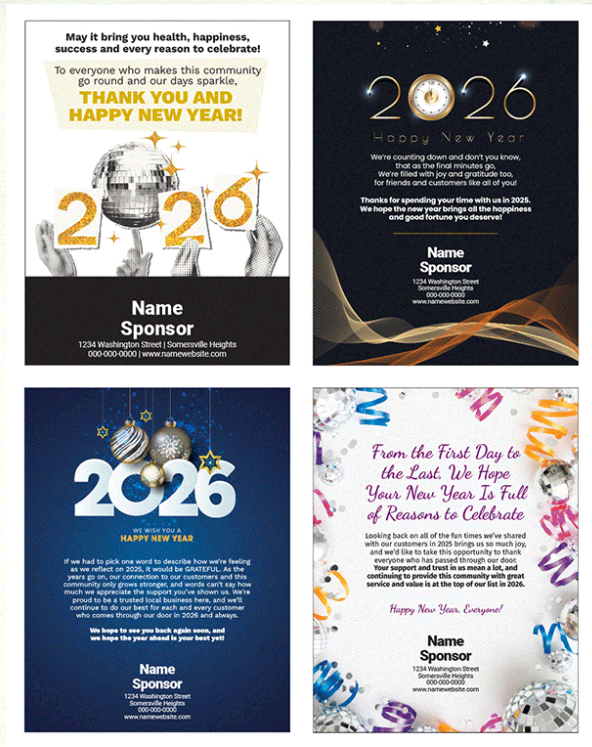The power of a pause
John Foust
Jun 1, 2024


Lately I’ve been thinking about the well-known television campaign for Wrangler jeans. This is the one with the tagline that is spoken as it appears on the screen: “Real. Comfortable. Jeans.” The narrator pauses after each of the three words — to match the punctuation. The combination of the two packs a memorable punch, because it emphasizes each word. Wrangler jeans aren’t described as “real comfortable,” they’re “real” and “comfortable.” Plus, Wrangler is synonymous with “jeans.”
There’s real power in a pause — whether it’s in a TV spot, a sales presentation, a meeting or a conversation. While there are many points to make about pausing, let’s take a look at three:
1. PAUSE FOR EMPHASIS
Teresa, who is a marketing agency executive, once told me about her perspective on pausing. “When I’m pitching a new campaign, I create a little mystery — even if it’s just for a few seconds,” she said. “The new campaign won’t seem as special if it casually appears on the screen or the flip chart. I keep it hidden until the right moment. After I do the set-up, I say something like: And here (pause to change slides or remove the cover sheet on the flip chart) is the first ad in your new campaign.
“It’s a little like an entertainment awards presentation,” she explained. “The presenter says: And the winner of the Oscar for best picture is (pause to open envelope) and announce the name. That puts the spotlight on the winner.”
2. PAUSE FOR CLARITY
Maybe you’ve heard about sales conversations that began like the one I witnessed some years ago: Hi thank you for meeting with me today I’m here to talk to you about your advertising we talked on the phone last week and you shared some of your concerns about your current marketing let’s take a moment to explore that and look at some possible solutions how does that sound?
Whoa. Slow down. Use some verbal punctuation. Otherwise, all the other person hears is an unintelligible mumble.
3. PAUSE FOR CONTROL
There’s an old saying, “The kindest word in all the world is the unkind word unsaid.”
Control is especially important in tense group meetings and one-on-one conversations. If someone pushes one of your hot buttons, pause. Don’t say anything; just pause for a moment. There are a lot of pitfalls in shooting from the hip with a negative comment. Instead of risking a response you might regret later, ask yourself: What is the upside in being diplomatic right now? By pausing, you’ll give yourself a chance to collect your thoughts and think logically, instead of emotionally.
Pausing is equally important when you’re asked a question. Resist the temptation to jump in immediately with an answer. Simply pause, take a breath and give your answer. The result will probably be a better answer.
Countless conversations over countless years prove that silence is truly golden, even in small doses. In fact, you could say that a pause is a Real. Effective. Technique. © Copyright 2024 by John Foust. All rights reserved.
John Foust has conducted training programs for thousands of newspaper advertising professionals. Many ad departments are using his training videos to save time and get quick results from in-house training. Email for information: john@johnfoust.com










